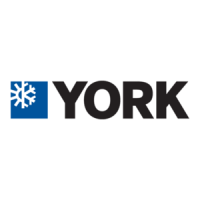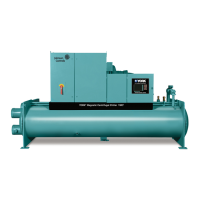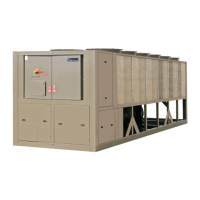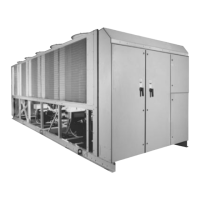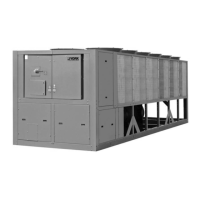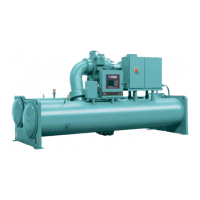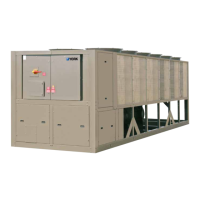INSTALL., OPER., MAINT.
RecipPak LIQUID CHILLERS
AIR COOLED – RECIPROCATING HERMETIC
Supersedes: See Back Page
Form 150.60-NM4 (1095)
60 HZ MODELS
YEAZ88DR6, YEAJ44DR6, YEAJ44HT6, YEAJ54ES6,
YEAJ55HT8, YEAJ65HT8, YEAJ66MT8
50 HZ MODELS
YEAJ44DR7, YEAJ55DR7, YEAJ55HT7, YEAJ65ES7,
YEAJ66HT9, YEAJ76HT9, YEAJ77MT9
STYLE A*
*With EPROM 031-01096-001 (Standard, Brine & Metric Models, Combined)
200, 230, 460-3-60
®
M
A
N
U
F
A
C
T
U
R
E
R
C
E
R
T
I
F
I
E
D
T
O
A
R
I
A
S
C
O
M
P
L
Y
I
N
G
W
I
T
H
A
R
I
S
T
A
N
D
A
R
D
4
3
0
C
E
N
T
R
A
L
S
T
A
T
I
O
N
A
I
R
-
H
A
N
D
L
I
N
G
U
N
I
T
S
•
•
26174A
SHOWN WITH OPTIONAL
SINGLE POINT POWER CONNECTION
